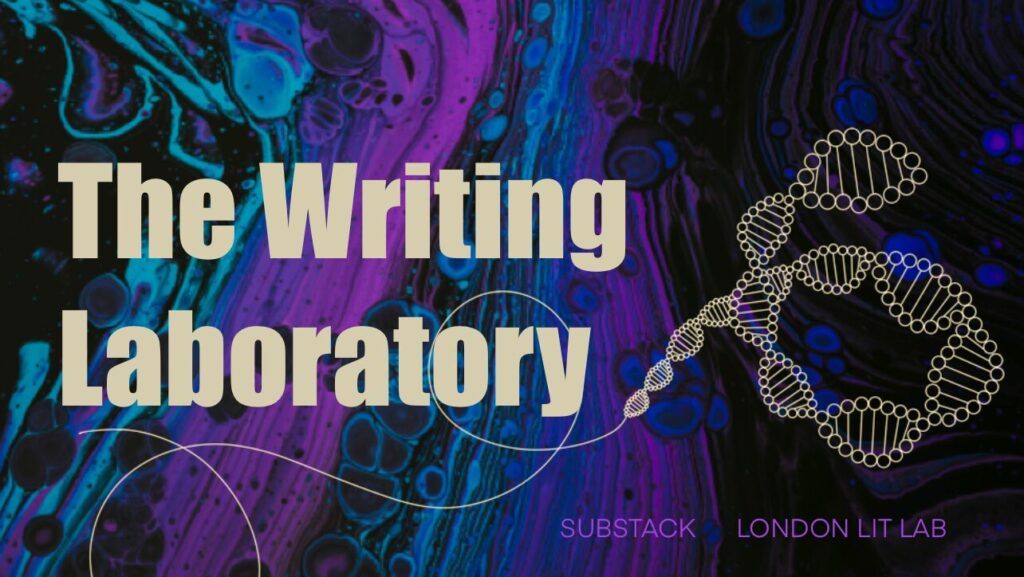Tip
What do we mean by uncanny, as opposed to spooky, or scary, or downright horrifying?
The word uncanny comes from the German word unheimlich. Heimlich can mean ‘homely, intimate, familiar, domestic,’ or it can mean ‘private, secret, hidden.’ Unheimlich, then, means something like unhomely, or the private or secret revealed.
In Freud’s famous essay on the uncanny, he identifies some uncanny tropes:
- Inanimate objects mistaken as animate (dolls, automata, severed limbs, etc)
- Animate beings behaving as if inanimate or mechanical (trances, epileptic fits, etc)
- Being blinded
- The double (twins, doppelgangers, etc)
- Coincidences or repetitions
- Being buried alive
- An all-controlling evil genius
- Confusions between reality and imagination (waking dreams etc)
Some of these might have more resonance for us than others; some might feel more like straightforward horror (being buried alive!) than the uncanny. Whether or not you agree with Freud’s take on things, the uncanny works by disturbing reality.
When, in real life, we say ‘that’s uncanny!’, we are usually identifying a coincidence, a likeness, a stroke of luck. We are not usually disturbed, but in fiction, the pleasure of the uncanny is in the sense of disturbance. We can think of it as a form of hesitation: is what I am seeing real, or my imagination?
While tales set in fully fantastical worlds, or fairy tales, can have uncanny things in them, they don’t give us the same creepy feeling because we know we are in a fantasy world – we adjust our expectations.
So, the uncanny can be experienced by the reader of fiction if the writer gives the impression of realism. This is the real world, our world, but something is awry… The writer appears to promise the truth, but then breaks that promise.
Exercise
It can be easier to invoke an experience of the uncanny in the reader if they share the perspective of the protagonist in a story. Writing in the first person, as ‘I’, the reader can witness the uncanny along with the main character, and be perturbed at the same time as them.
Step 1
Brainstorm some ideas for uncanny happenings in a story. Think about the animate inanimate and vice versa, double, coincidences, imagination-reality confusion.
Here are a few suggestions to get you started:
- Seeing someone exactly like you – the doppelganger
- Something in your environment changing – a new door, a door now not there
- An animal that seems to perceive or behave in a human way
- Nobody knows you at work
- Hearing something on the news but when replay it, it’s not there
- Waking up yesterday
As you can see, some of these have a nightmarish quality to them. Uncanny stories can be quite dreamlike, because the uncanny elements often symbolise, or represent, something in the psyche of the protagonist.
Step 2
When you’ve chosen an uncanny event that resonates with you, think about what it could signify in the psyche of a character – the person in the story who is going to encounter it. You can think of this in terms of dream interpretation. If a powerful person dreams that nobody knows them at work, what might that mean? If a timid person dreams that, does it mean something different? Think about who you character is, and what the uncanny event might illustrate about their subconscious. What does the event signify to them – what nerve of theirs does it touch?
Step 3
Remember the principle that the world of your story needs to feel real. Choose an ordinary real-world setting, one where you are familiar with the details – this will be somewhat dictated by the uncanny event you have chosen. Write as ‘I’ and start with the first apprehension by your character that things are not quite as they should be.
This tip is from Zoe Gilbert, who teaches our online courses, Folk Tales in New Fiction and Summer Seminars: Fantastic Literature.

